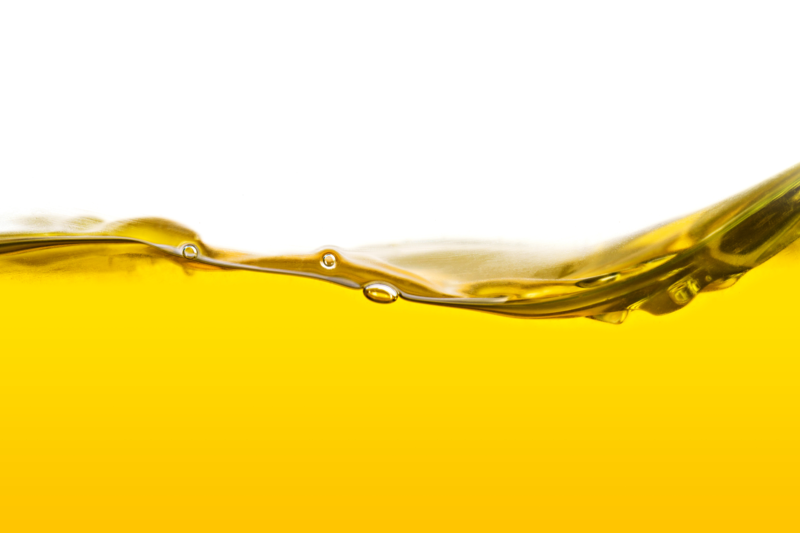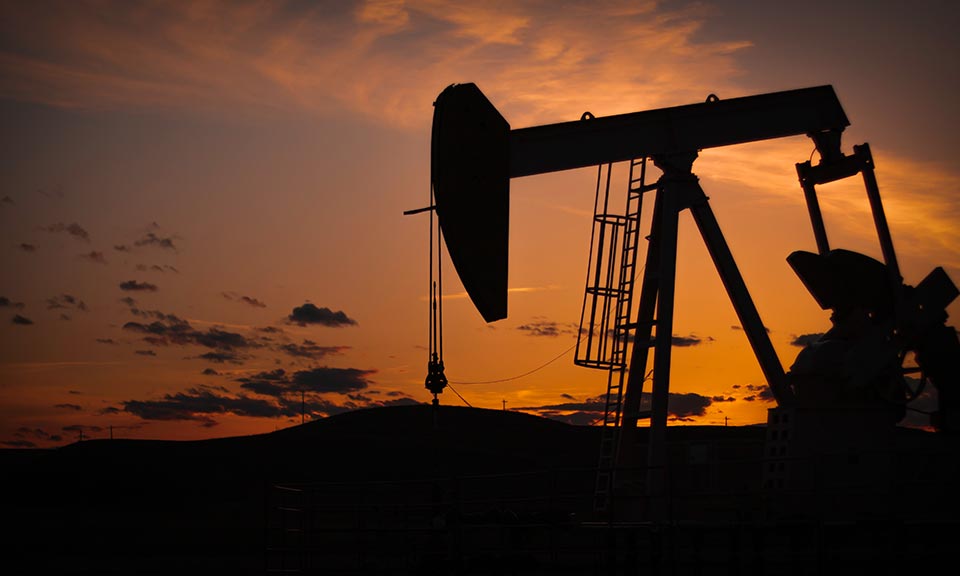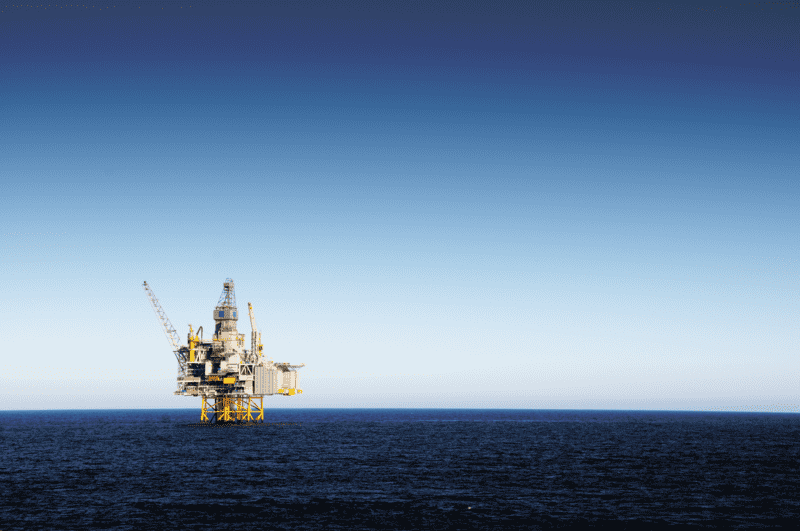CERAWEEK: Kuwait Petroleum plans offshore oil exploration for first time

Kuwait Petroleum Corp. is planning to move offshore in the Persian Gulf for the first time and will seek help from international oil majors, the company's CEO said March 19, as the country aims to boost its flagging production capacity.
"We're looking at a new model to bring expertise from around the world," said Sheikh Nawaf al-Sabah, speaking at the CERAWeek by S&P Global conference.
Kuwait, which holds the world's seventh largest crude reserves, is currently producing below 3 million b/d capacity because of OPEC+ cuts but is seeking to expand to more than 4 million b/d, Sabah said, adding the emirate had lifting costs onshore of $10/b. The country pumped 2.44 million b/d in February, slightly above its quota, according to the latest Platts survey by S&P Global Commodity Insights.
In October, state-owned KPC unveiled its latest strategy with plans to hit 4 million b/d of capacity by 2035 and 2 Bcf/d of non-associated gas by 2040. The capacity additions are to come from its domestic fields, as well as the Neutral Zone it shares with Saudi Arabia.
Reaching those goals will require significant investments, with the country's main producing field, the Greater Burgan, facing natural decline, while other fields are proving technologically challenging to develop.
In the Neutral Zone, operational challenges have hampered plans to expand operations, which were restarted in 2020 after a hiatus of more than four years due to a political dispute with Saudi Arabia.
That dispute has now largely been settled, but competing claims on the offshore Durra gas field by Iran, which calls the reservoir Arash, have now reemerged, with Tehran saying in September that it would begin drilling there.
S&P Global previously reported that Kuwait and Saudi Arabia are expected to complete a pre front-end engineering and design study for the Durra field by the fourth quarter. The field is estimated to hold 20 trillion cubic feet (567 Bcm) of gas.
Durra "will be developed jointly between us and Saudi Arabia," Sabah said. "We are in the ... front end engineering and design stage of that process. We should be finishing that in the next few months and will take a final investment decision to start building ... moving on to development of that field."
Red Sea tensions
Sabah added that KPC had been forced to divert cargoes around the Cape of Good Hope because of attacks in the Red Sea and had started to swap some cargoes with counterparties between regions as a consequence of the disruption. He added that Kuwait Petroleum had also given its tanker captains "autonomy" on whether to sail into the Red Sea.
Iranian-backed Houthi militia have since October been targeting vessels transiting the southern Red Sea and the Gulf of Aden, in stated solidarity with Palestine in the Israel-Hamas war.
Further highlighting the geopolitical risks to Kuwait, on March 6, an Iranian court ordered the country's authorities to seize an estimated $50 million Kuwaiti oil cargo from a previously captured tanker, the Marshall Islands-flagged Advantage Sweet. The tanker, which had been chartered by Chevron and loaded Kuwaiti crude from Kuwait's Mina Saud port, was impounded by Iran's navy in April 2023, bound for Houston.
As for the energy transition, Sabah, who is a member of Kuwait's ruling family, said the emirate was acutely aware of the need to diversify its economy away from economic dependence on hydrocarbons. Kuwait relies on hydrocarbon revenues for some 90% of its government budget and has seen its Gulf neighbors Saudi Arabia and the UAE launch aggressive pushes into LNG, hydrogen and renewables, while using their oil revenues to expand their non-oil economic sectors.
Kuwait has yet to unveil similar strategies, with KPC's October strategy overhaul including consideration of green hydrogen, second-generation biofuels, renewables and carbon offsetting, among other greening measures, but without specific plans or timelines.
"Do not rely on the oil industry to continue to fund state budgets," Sabah said.

News
(Latest update May 3, 2024) Recording changes to Russian oil exports and EU oil imports since the war in Ukraine Russia’s war in Ukraine has triggered a major upheaval in the global oil markets, forcing Moscow to find alternative buyers and Europe to source new supplies as Western sanctions seek to clamp down on Moscow’s vital oil revenues. With an EU embargo and the G7 price cap on Moscow's oil now fully in place, Russian seaborne crude exports have remained largely resilient as displaced volumes of its discounted oil flow East. Russian oil product exports have also mostly held up with new buyers in Africa absorbing Russian diesel and other fuels now banned from Europe. Related stories: Russian oil product exports slump to post-pandemic low as drone hits resume (subscriber content)

News
Global oil producers are increasingly touting efforts to reduce the carbon intensity of their upstream operations to stand out as investment dollars shrink during the energy transition. Some producers see carbon intensity rankings as a measure of which fields will have staying power, while environmental groups say the efforts ignore the much larger global warming emissions created downstream when the oil is refined for transportation, shipping and petrochemicals. S&P Global Commodity Insights Analytics has expanded its carbon intensity calculations to 162 fields and 41 grades. The greenhouse gas emissions represent current operations from the wellhead to storage/export terminal. The newest expansion of fields and grades covers Central, South, and North America. South and Central American grades are shown in the infographic below.

News
With startup a month ahead of schedule, the Trans Mountain Expansion started commercial operations May 1. The 590,000 b/d of added capacity creates significant breathing room for the in-demand and aging pipeline system. As Canadian crude oil flows shift toward top importers such as China and California, producers will have a chance to shed the deep discounts offered on Western Canadian Select. For the first time, Canadian crude will have meaningful access to international markets with potential for higher-priced barrels as a result. Related feature: Trans Mountain's crude pipeline expansion starts, boosting global access to Canadian barrels (subscriber content) Click here for full-size infographic

News
Eni is to combine its North Sea oil and gas business with upstream independent Ithaca Energy, majority-owned by Israel's Delek, in a deal set to give the Italian company a 37.3% stake in the "satellite" entity, the companies said late April 23. The deal, first publicly mooted in late March, follows quickly on from Eni's acquisition of London-based Neptune Energy in January, which included an operating stake in the UK's highest producing gas field, Cygnus. The combination should result in 2024 production of over 100,000 b/d of oil equivalent, with a roughly equal weighting between oil and gas, and the potential to reach 150,000 boe/d by the early-2030s, the companies said. The deal continues a strategy for Eni of creating "satellite" joint ventures offshore Norway and Angola, although Delek is expected to remain the largest shareholder in this instance, with a 52.7% stake upon completion. The deal excludes Eni's East Irish Sea and carbon capture and storage projects, with the Italian company remaining the primary investor in flagship government-backed CCS project HyNet North West. Ithaca produced just over 70,000 boe/d in 2023, of which 66% was oil, and had warned its production from the current business would drop to 56,000-61,000 boe/d this year, reflecting the cancellation of several new projects due to the UK tax regime. It has struggled to make headway with the major West of Shetland Cambo oil project -- previously the target of environmental protests -- after entering the project in April 2022 with the purchase of Siccar Point Energy. Eni had production of around 50,000 boe/d offshore the UK in 2023. "The Satellite Model is a strategic response to the challenges and opportunities of energy markets, creating focused and lean companies able to attract new capital to create value through operating and financial synergies and the acceleration of growth," Eni said. "The combination will allow Eni to continue pursuing its successful growth on the UK continental shelf, thereby strengthening its commitment to the UK." Ithaca Executive Chairman Gilad Myerson said: "The synergistic combination with Eni's highly cash-generative UK continental shelf portfolio has the ability to unlock our long-life organic growth opportunities, creating a combined entity with substantial scale and longevity." Expanded asset base The combined entity will have reserves and contingent resources of some 658 million barrels of oil equivalent, including stakes in 37 producing assets, among them six of the UK's 10 largest fields -- Rosebank, Cambo, Schiehallion, the Mariner area, the Elgin-Franklin complex and the J-Area, the companies said. Ithaca already held stakes in Elgin-Franklin and the J-Area, which are thus increased by the combination. Elgin-Franklin, operated by TotalEnergies, is a significant contributor of both gas to the UK and liquids sold under the Forties crude brand, while the J-Area, operated by Harbour Energy, contributes to Ekofisk crude loadings; Forties and Ekofisk are key grades in the Platts Dated Brent price assessment process. Platts is part of S&P Global Commodity Insights. Ithaca is also Equinor's partner in the Rosebank oil project under development in the West of Shetland area, which has similarities to Cambo, while the Equinor-led Mariner field contributes UK heavy crude oil. The combination entails issuing to Eni new Ithaca shares equivalent to 38.5% of the enlarged entity, with Delek selling 3% of the enlarged share capital to ensure 10% or more remains in public hands on the London Stock Exchange. Dated Brent was assessed at $88.73/b on April 23, up $1.18 on the day, while the month-ahead UK NBP gas contract was assessed by Platts at 71.35 p/th.